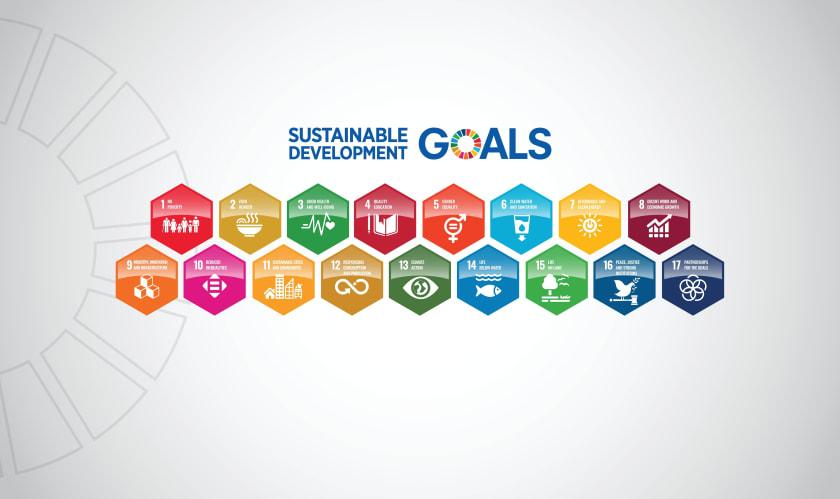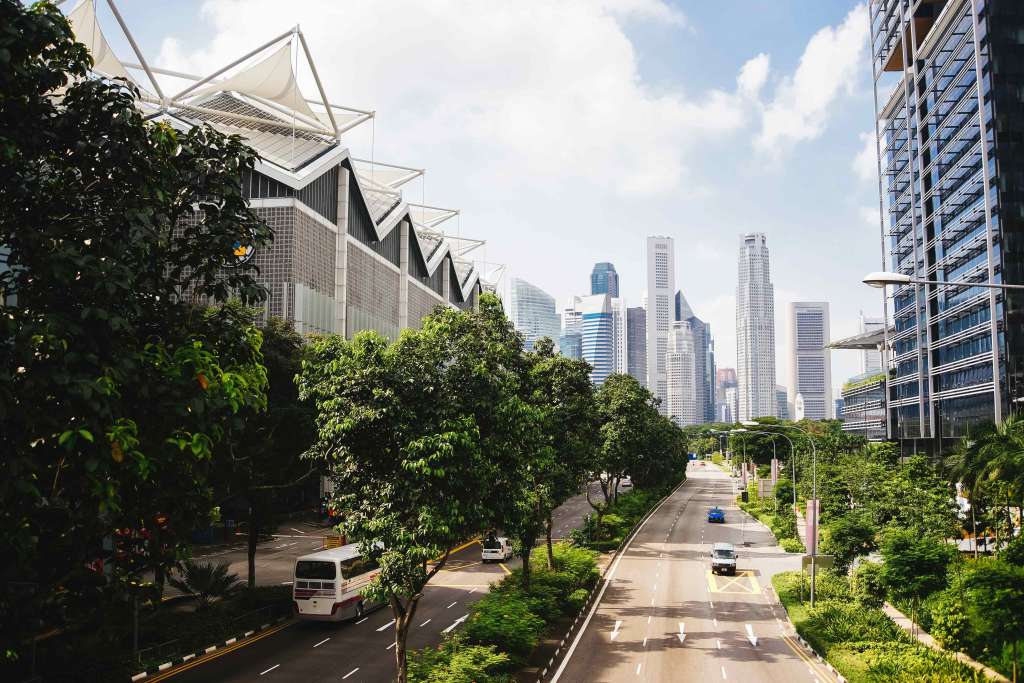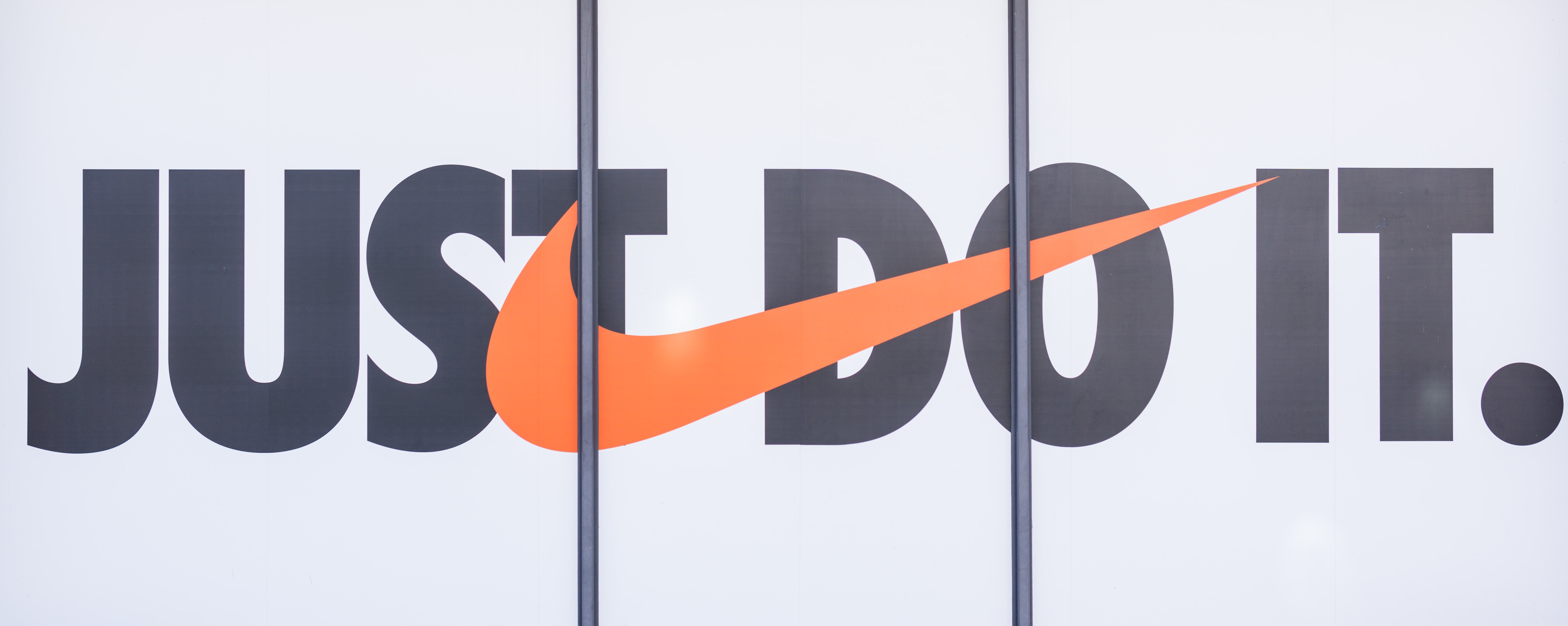Sustainable Development Goals 2030 - How to Contribute



Summary: Sustainable Development Goals 2030 seeks to end all forms of inequality and disproportionate use and ownership of resources to address human rights and gender equality. It also envisages ways to protect our planet and its natural resources. Fashion, being one of the industries with a major impact on the society and environment, needs to contribute to the Sustainable Development Goals 2030.
The Sustainable Goals Development 2030 are classified into 17 strategic socio-economic and environmental domains. As a major industry, fashion is a major stakeholder in these goals that have been adopted by the member countries of the UN. According to the Geneva Environment Network, the fashion industry is worth $2.5 trillion. The industry has an undeniable commitment to support the implementation of Sustainable Goals Development 2030. Here are the key goals that are integrated with the fashion industry. Let’s understand how the fashion industry can contribute toward their fulfilment by 2030.
GOALS 3 & 6: Good Health and Well-being With Clean Water and Sanitation, Respectively
The fashion industry engages and is responsible for the 75 million direct and indirect livelihoods globally. The Sustainable Goals Development 2030 envisages good health for all, along with the availability of water and sanitation. With a majority of its workers in the unorganized sector, fashion brands should push for the health and safety of employees. It is also the second largest polluter of water resources. This nullifies Goal 3. Thus, brands should partner more with responsible suppliers who invest in low-impact manufacturing processes.
GOALS 5 & 10: Gender Equality With Reduced Inequality
Among the 60 million garment workers worldwide, more than 75% of the workers are women. According to an Oxfam report, 99% of the workers in fast fashion manufacturing in Vietnam and Bangladesh earn less than average wages for living. The fashion industry must ensure minimum wages for workers to comply with Sustainable Development Goals 2030. Brands such as Boden and People Tree are aggressively pushing their suppliers for fair wages by registering with the World Fair Trade Organisation (WFTO).

GOAL 7: Affordable and Clean Energy
The fashion industry, which consumes fossil fuels and gas for manufacturing and transportation, is one of the most energy-intensive sectors. Investment in renewable sources of production and low-impact manufacturing and encouraging slow fashion will reduce the risk and impact of climate change on people and the ecosystem as a part of its Sustainable Development Goals 2030.
GOAL 8: Decent Work and Economic Growth
Studies reveal that 80% of employees in the fast fashion industry are women aged up to 24 years. Several of them are victims of domestic abuse and face issues ranging from child pregnancy to less than living wages. The industry should partner more with Certified B Corp brands for ethical practices. This will help it attain the Sustainable Development Goals for 2030.
GOAL 9: Industry, Innovation, and Infrastructure
According to earth.org, the per capita textile waste has reached 82 pounds for Americans. Several brands such as Patagonia are offering their customers Worn Wear and second-hand buying options to reduce the number of clothes going to the landfill. Recycling technology and bioplastics, along with driverless technology and drone deliveries, will further push the industry toward a climate-neutral goal.
GOAL 11: Sustainable Cities and Communities
People falling below the poverty line are those living on less than $1.25 a day. The global fashion industry is responsible for an estimated $1 trillion in annual sales. Sustainable cities are built on sustainable communities. Here is how this Sustainable Development Goal for 2030 can be achieved:

- Financial security with minimum wages is a start.
- Reinvesting a part of the revenue in local communities helps build sustainable cities.
- The industry must adopt judicious and low-impact production.
- Opting for sustainable eco-friendly products and green packaging.
GOAL 12: Responsible Consumption and Production
The 12th goal of the Sustainable Development Goals 2030 is to ensure sustainable consumption and production patterns. As an industry that works in creating the latest trends, fashion waste is the elephant in the room. Fast fashion is not sustainable fashion. Nor is it ethical. We currently consume 400% more garments than we did 20 years ago and we use them half as often.
GOALS 13, 14, & 15: Climate Action, Life Below Water and Life on Land
The Fashion industry sits among the top sectors with the maximum carbon footprint. The UN Framework Convention on Climate Change has projected that emissions from the textile industry are going to be up by 60% by 2030. Climate action is the need of the hour.
Nisolo, a Nashville-based fashion brand, is partnering with local agencies to prevent deforestation in the Amazon. 60% of materials used by the fashion industry are plastics. Microplastics from these synthetic fibers end up choking the oceanic and freshwater habitats. Fashion label United by Blue helps remove a pound of plastic waste from the oceans for every purchase you make from them. We need more such initiatives including dependence on fossil-fuel textiles and recycling of plastic-based fibers to save life below water as a part of Sustainable Development Goals for 2030.
Partnering in Sustainable Development

The Sustainable Development Goals for 2030 are a call to action to make a wholesome difference to the earth and our everyday lives. The resolution adopted by all member countries at the historic United Nations Summit 2015 outlines 17 different goals to be accomplished by the year 2030. The fashion industry, with a massive social-economic stake and carbon footprint, should enforce fair trade practices and prioritize eco-friendly products.
Fashinza can help you connect with manufacturers who are environment-conscious and use sustainable practices to meet the Sustainable Development Goals 2030.
Speak to an expert today to get more insight into eco-friendly production and packaging alternatives.
Key Takeaways
- Over 80 million people are associated with the fashion industry globally, 75% of them being women. The fashion industry should do business with B Corp-certified manufacturers in fair trade practices.
- Reducing water pollution and carbon emissions in production and shipping is the way forward for the fashion industry.



















